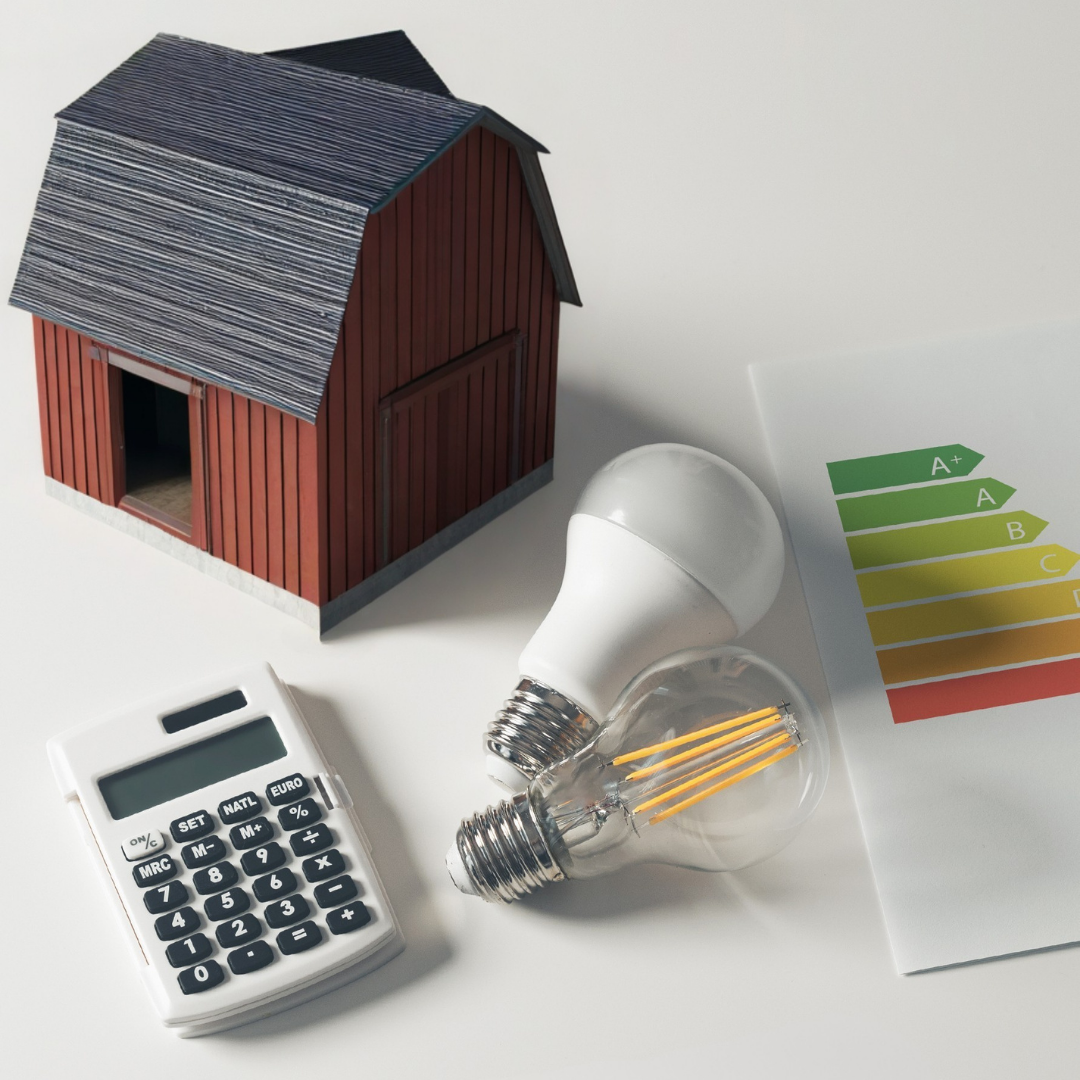Efficient lighting plays a crucial role in agriculture, whether for extending working hours, promoting plant growth or optimising animal husbandry. Modern LED technology (Light Emitting Diodes) provides an energy-efficient and durable solution that reduces costs while being environmentally friendly.
Benefits of LED lighting in agricultural operations
Energy savings and cost reduction
LEDs consume up to 80% less energy than traditional incandescent bulbs and around 50% less than fluorescent tubes. This efficiency translates into significant savings, particularly for farms requiring continuous lighting.
Long lifespan and durability
With an average lifespan of 50,000 hours, LEDs last much longer than other lighting sources. They are also resistant to moisture, dust, and mechanical stress, making them ideal for barns and agricultural buildings.
Sustainability
LEDs do not contain toxic materials like mercury, which is found in fluorescent tubes. This makes them easier to recycle and reduces their environmental impact.
Improved animal welfare through optimised lighting
LEDs allow precise control of light intensity and colour, creating a comfortable and stress-free environment for animals. In poultry and pig farming, dimmable LED systems can simulate natural daylight cycles, creating a positive impact on animal welfare and productivity.
Smart lighting systems and automation
The integration of smart control technology has led to the development of advanced lighting systems that use sensors and data analytics to automatically adjust lighting based on current conditions.
Examples
- Motion sensors: in barns, motion sensors can be used to turn on lights only when animals or workers are present in a specific area, significantly reducing energy consumption.
- Light sensors: in greenhouses, these sensors adjust the lighting intensity according to available daylight, ensuring plants receive the optimal amount of light without wasting energy.
- Remote control and monitoring: modern lighting systems can be managed via smartphone apps or computer software, allowing farmers to control their lighting systems flexibly and efficiently from any location.
What is relamping?
Relamping refers to replacing inefficient light sources, such as incandescent bulbs or fluorescent tubes, with energy-efficient LEDs in existing fixtures. This method has the advantage of requiring only a bulb replacement, avoiding high investment costs while immediately reducing energy expenses.

Checklist: how to optimise your lighting
✔ Consider the type of use (e.g., barns, workshops, storage facilities)
✔ Determine the required light intensity: General areas 100-200 Lux, work areas 300-500 Lux. A full list is available from ITM (standard ITM-CL 55.2)
✔ Choose the right lighting fixtures:
- Ceiling lights for uniform illumination
- Spotlights for targeted lighting in specific areas
- High-bay lights for high ceilings.
✔ Consider spatial conditions, surface reflection levels, and obstacles
✔ Use energy-efficient models with high lumen-per-watt performance
✔ Factor in maintenance and durability
Consulting a professional electrician can help tailor the lighting setup to the farm's specific needs. For more information on lighting optimisation and potential investment subsidies, visit the platform Klimapakt fir Betriber.
